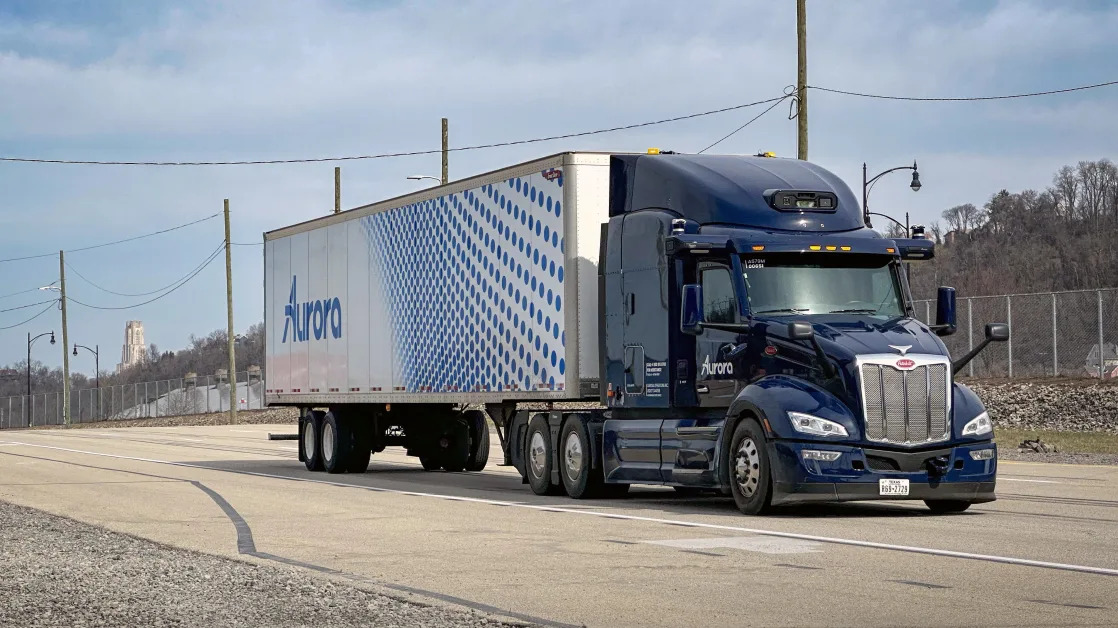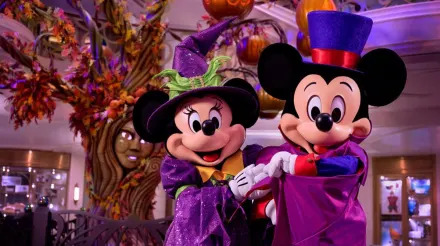(Bloomberg) -- The government’s latest predictions for Russia’s economy through the rest of President Vladimir Putin’s current term suggest it will be in good shape by the next election. The optimism may be too good to be plausible amid intensifying sanctions and Russia’s continuing war on Ukraine.
According to base-case macroeconomic forecasts through 2030 prepared by the Economy Ministry and seen by Bloomberg News, Russia expects robust annual growth of at least 3% in the last three years of Putin’s presidency. Inflation will be low and stable at the central bank’s target level, the estimates show, alongside sustained positive trends in investment, consumer activity and household incomes.
That outlook’s at odds with those of numerous analysts, who haven’t seen the government’s internal calculations.
“We see an average Russian GDP growth of 1.5% until 2030 and inflation remaining slightly above the Bank of Russia’s target,” said Oleg Kuzmin, chief economist of Renaissance Capital in Moscow. “Much will depend on the dynamics of prices on oil and other key Russian export goods in the global markets, as well as the further development of the geopolitical situation.”
The government’s forecasts would ensure Putin meets promises on Russia’s economic and social development set out in a series of national projects in time for the 2030 election, when he’s eligible to seek another six years. Yet the war that’s helping to overheat Russia’s economy and push inflation up shows no sign of ending, while the US and its allies continue to impose punitive measures that are weighing on growth.
It’s unclear whether the macroeconomic outlook assumes the war and sanctions will continue throughout this period. The government switched to six-year budget planning from its usual three-year forecasts after Putin set 2030 goals for the national projects costing tens of billions of dollars in his annual address to Russia’s Federal Assembly shortly before the March presidential election.
Even in the government’s “Goldilocks scenario,” the president’s economic goals would only be met “just barely” by 2030, Bloomberg Economics Russia Economist Alex Isakov said.
To be sure, Russia’s economy confounded expectations of a collapse after it was hit with unprecedented sanctions in the wake of the February 2022 invasion of Ukraine. Huge increases in state spending on the defense sector and to shield domestic businesses from the impact of sanctions helped spur a strong rebound in growth as Russia’s war economy gradually adjusted.
What Bloomberg Economics Says....
“The economic outlook that the Government prepared for President Vladimir Putin reflects the view that the targets set for the 2024-30 presidential cycle are barely achievable. A single year of weaker demand — a distinct possibility for 2025 given the central bank’s tight monetary policy — will mean the government will more or less guarantee that the economic targets will be missed.” — Alex Isakov, Russia Economist
Russia’s gross domestic product is expected to expand by 3.9% this year, with real wages and retail sales increasing by more than 9% and 7% respectively, according to the forecast. It will then slow to 2.5%-2.8% per year before resuming expansion at 3% or more from 2028 to 2030.
Productivity in the economy that’s wrestling with deepening labor shortages is forecast to rise by 2.8% annually in the same period.
Inflation is seen slowing to the central bank’s 4% target only in 2026. Accelerating price growth forced the Bank of Russia to hike its key interest rate by 200 basis points to 18% in July.
Finance Minister Anton Siluanov said last week that funding Putin’s promises was a top priority and the government has to assess “financial capabilities and the needs of the economy” for the six-year period.
Oil’s slide in recent months to around $71 per barrel shows how even short-term planning can be upended by events. The government’s budget forecast predicts an average price for the benchmark Brent crude at $83.5 this year and $81.7 in 2025.
With unemployment forecast to remain at a historical low of 2.6%, the government’s outlook still expects industrial growth, including a slight acceleration in manufacturing from 3.3% in 2028 to 3.7% in 2030. Expansion in retail demand and investments will remain robust at around 4% per year, it shows.
Achieving the targets for manufacturing growth and import substitution over the next six years will require Russia to make annual gains of 2.7% in labor productivity, Bloomberg Economics estimates show. That’s “nearly double the 1.5% average rate it saw between 2015 and 2022, when the sanctions regime allowed for much less restricted access to foreign capital, technology and export markets,” said Isakov.
The government’s forecasts “are traditionally optimistic,” said Sofya Donets, an economist at T-Investments. Russia’s economy may grow at 1.5%-2% per year through 2030 “but a lot depends on the geopolitical situation,” she said.





